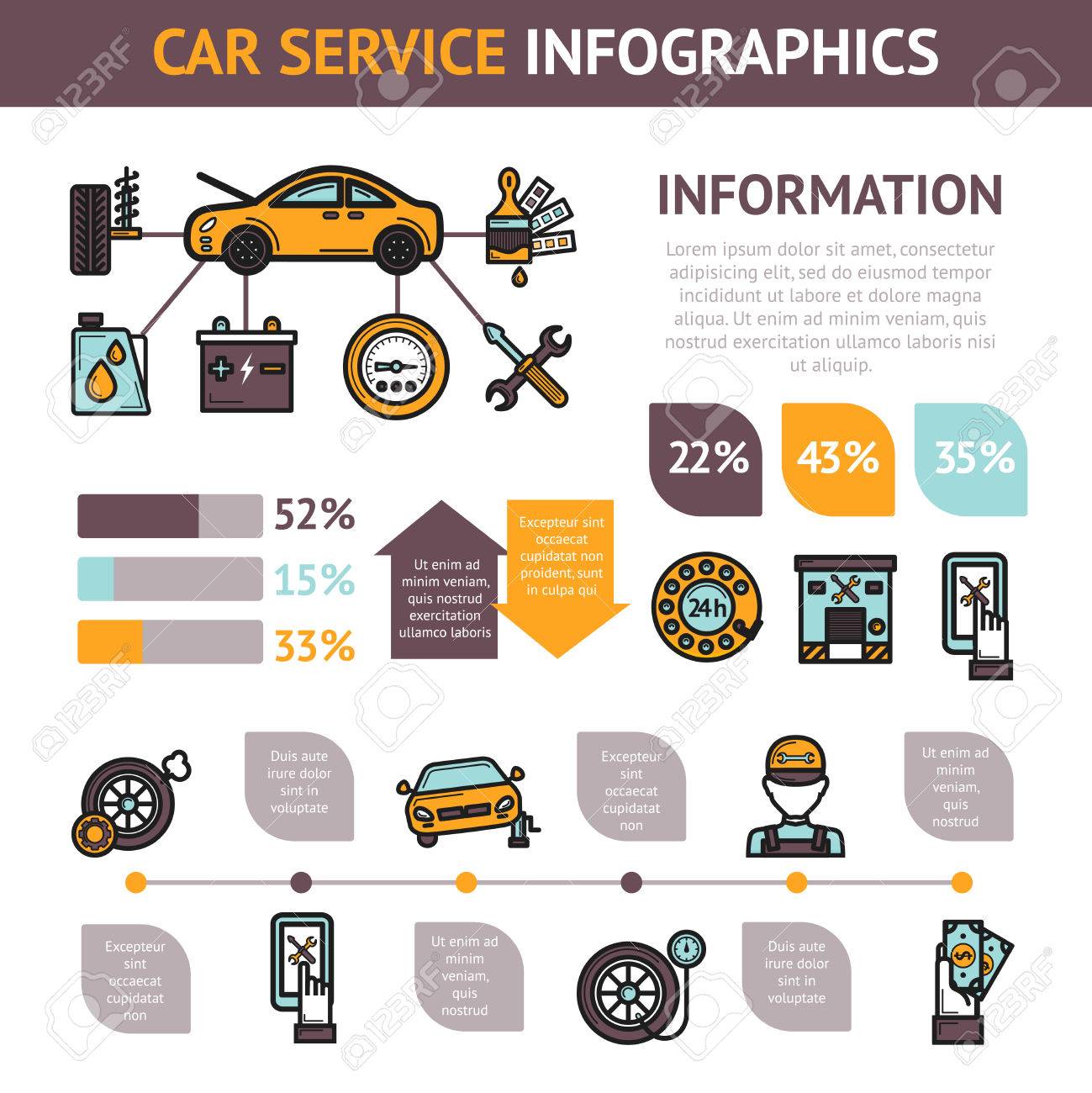Educate On Your Own On The Control Panel Caution Lights In Your Car To Comprehend Their Influence On The Health And Safety Of Your Lorry
Educate On Your Own On The Control Panel Caution Lights In Your Car To Comprehend Their Influence On The Health And Safety Of Your Lorry
Blog Article
https://cristiantoicw.blog2freedom.com/27713917/failure-to-follow-regular-maintenance-timetables-might-lead-to-expensive-repair-services-and-threaten-your-security-while-driving-discover-the-relevance-of-staying-proactive-in-this-issue By-McKee Boyer
When you lag the wheel, those beautiful caution lights on your control panel can be a bit puzzling. Do you understand what they're attempting to tell you about your automobile's wellness? Understanding moved here of these lights is essential for your safety and security and the long life of your lorry. So, the next time one of those lights turns up, wouldn't you want to analyze its message accurately and take the necessary steps to resolve it?
Common Caution Lighting and Interpretations
Identify common caution lights in your car and comprehend their definitions to guarantee risk-free driving.
One of the most normal warning lights consist of the check engine light, which signifies concerns with the engine or emissions system. If this light begins, it's crucial to have your car examined without delay.
The oil stress alerting light suggests low oil stress, needing prompt interest to prevent engine damages.
A flashing battery light could recommend a malfunctioning charging system, possibly leaving you stranded if not addressed.
The tire pressure monitoring system (TPMS) light alerts you to low tire pressure, impacting car security and gas performance. Ignoring this could lead to risky driving problems.
The abdominal light suggests a trouble with the anti-lock braking system, jeopardizing your capability to stop rapidly in emergency situations.
Finally, the coolant temperature advising light warns of engine overheating, which can result in severe damage otherwise solved swiftly.
Understanding these typical caution lights will certainly aid you deal with concerns promptly and preserve risk-free driving problems.
Value of Prompt Interest
Understanding the typical caution lights in your automobile is just the primary step; the relevance of quickly resolving these cautions can not be highlighted enough to guarantee your safety and security when driving.
When a warning light brightens on your control panel, it's your cars and truck's means of communicating a potential concern that needs focus. Overlooking these cautions can lead to more serious troubles later on, compromising your safety and possibly costing you more in repairs.
https://www.traveldailynews.com/post/seven-car-maintenance-steps-that-lower-your-auto-repair-costs to alerting lights can stop malfunctions and accidents. As an example, a flashing check engine light can indicate a misfire that, if left neglected, could create damage to the catalytic converter. Resolving this immediately can conserve you from a costly repair.
In a similar way, a brake system cautioning light might signal reduced brake fluid or worn brake pads, crucial components for your safety and security when driving.
DIY Troubleshooting Tips
If you see a warning light on your dashboard, there are a few DIY troubleshooting ideas you can try prior to looking for professional help.
The primary step is to consult your car's handbook to recognize what the specific caution light suggests. Sometimes the problem can be as basic as a loosened gas cap setting off the check engine light. Tightening the gas cap might settle the issue.
One more typical concern is a reduced battery, which can cause numerous alerting lights. Checking the battery links for deterioration and guaranteeing they're protected may take care of the problem.
If a caution light lingers, you can try resetting it by disconnecting the auto's battery for a few minutes and then reconnecting it. Furthermore, checking your vehicle's liquid degrees, such as oil, coolant, and brake liquid, can aid repair advising lights connected to these systems.
Final thought
In conclusion, comprehending your auto's warning lights is vital for maintaining your car running smoothly and safely. By quickly dealing with these signals and knowing what they mean, you can avoid costly repairs and prospective failures.
Keep in mind to consult your vehicle's guidebook for certain details on each cautioning light and do something about it appropriately to ensure a trouble-free driving experience.
Remain educated, remain risk-free on the road!
